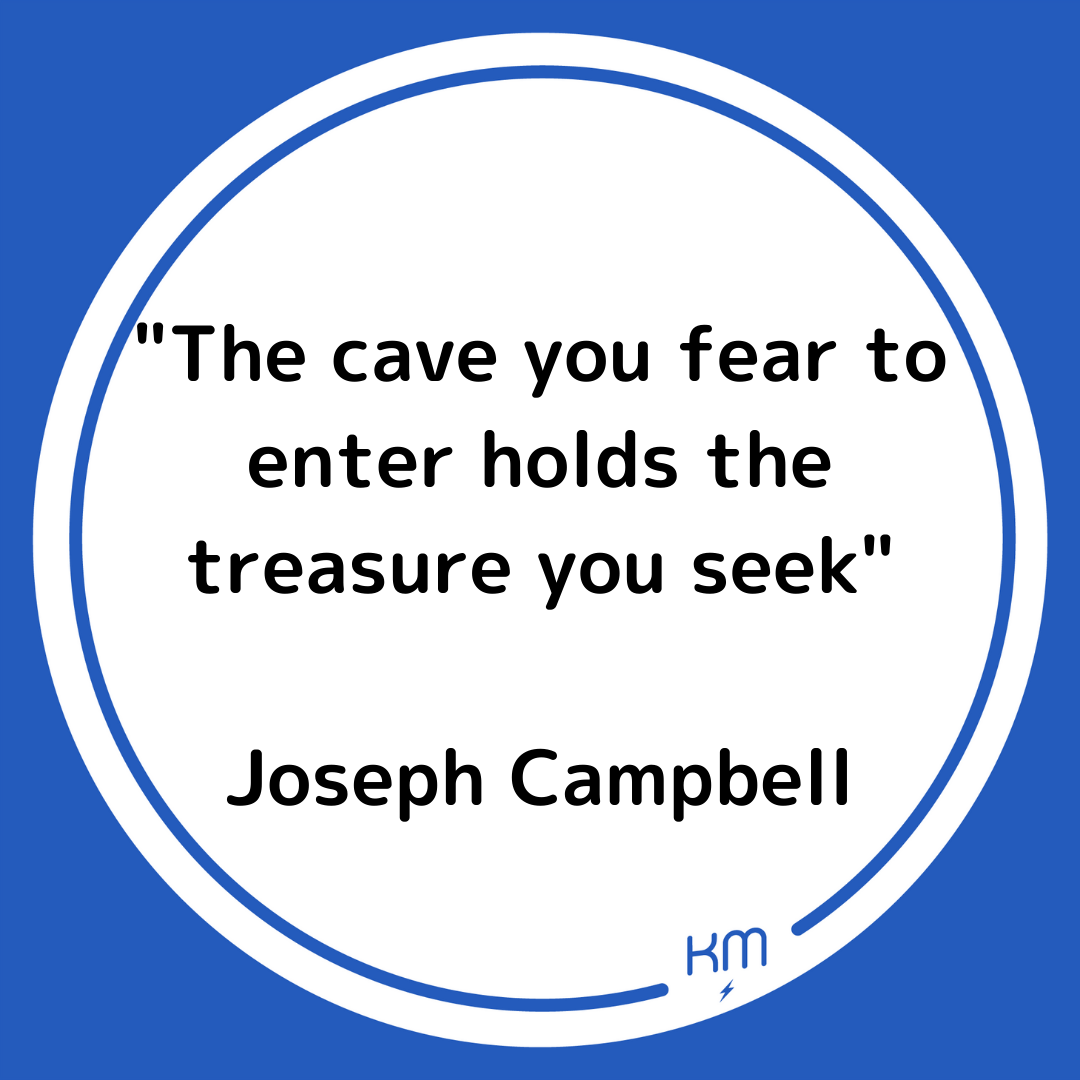Pain is a Signpost
Hello, this week I’ve been thinking about this idea of pain being a useful signpost. So far in these mindset posts we’ve discussed choice points, flexibility in our comfort zone, pushing away uncomfortable thoughts, feelings and emotions and what sits in the gap between expectations and reality. In all those moments and discussions there is pain, sometimes strong feelings of pain that are very difficult to handle, sometimes discomfort that feels painful and sometimes it’s a feeling of hurt, disappointment and sadness.
When we feel physical pain it’s a great indicator that something is wrong - we just got burnt on the oven, we pulled a muscle or we stood on a pile of lego for example. We feel the pain and do something about it.
When we apply the same approach to our internal stuff - those thoughts, feelings and emotions that feel challenging or uncomfortable, we can often feel that pain and try to avoid it, push it away or control it. As we talked about in the beach ball episode a few weeks ago, that energy to dismiss or control the painful experience is really hard work to maintain.
Superwoman or Supermum expectations tell us the idea that we don’t want to feel pain, that we should be able to control it and we should help our kids avoid feeling it as well.
However, we can’t walk away from stress, anxiety, worry and discomfort our whole lives, in fact a life that is fully lived in its most rich and expansive way is full of challenge.
Challenge itself is not the problem, our response to it is.
When we feel physical pain, like a muscle pull we might be cautious of moving in a way that will hurt that muscle again for a little while. It might even make us change the way we move in order to not put more stress on that muscle. But it’s highly unlikely we choose never to move that muscle again, or even the whole area of the body. Imagine you strained your calf muscle, you wouldn’t avoid walking on that leg forever, never putting a sock or a shoe on or care for that leg at all ever again. If you burnt your hand on the oven you wouldn’t disconnect the whole appliance, get rid of it and avoid all cooking and possibly even kitchens again.
But when we experience emotional pain and discomfort we do just that. We experience a difficult situation and as a result avoid going near other situations that feel difficult in the same way or approaching the same way again. Infidelity in relationships is a clear example here - you get burned by a partner and close off your heart to others as a protective mechanism. You avoid the potential to be in the same position again, and it works, by not opening up, you aren’t vulnerable and so no-one can hurt you.
Avoidance around pelvic floor issues is that it’s wrapped in emotional pain as well. If we purely approached a weak or injured pelvic floor as if it was a calf strain we would seek help pretty soon after the injury, get treatment and work with a plan to recover. However that’s not what happens in most cases because the injury is bound with feelings of failure, shame, anxiety, disappointment and fear. As a result, we dismiss the feelings, and therefore the physical issue, and push them away until we reach breaking point.
Avoidance works to stop feeling the hurt you’re experiencing, but at what cost? The I’m broken or I’m not worthy self-story plays out over and over causing you to limit your life and stay within your comfort zone where you can’t feel those painful feelings again.
Joseph Campbell the American author of The Power of Myth wrote “The cave you fear to enter, holds the treasure you seek” and to me that talks to this idea of needing to lean in to the pain you are experiencing because it’s showing you something valuable. Pain is a signpost to what’s important. When it’s a physical pain, it’s telling you to stop otherwise you’ll break, when it’s in your thoughts and feelings, it’s showing you that the trigger event is something you need to pay attention to. What is that trigger event trying to tell you, what important value of yours is it trying to guide you to take a look at? We need courage to be open to the potential pain and discomfort of being open and vulnerable and at the same time, that’s how we connect and grow. We can’t have one without the other.
It brings to mind the Japanese practice of Kintsugi in which broken pottery is mended with tree sap and gold powder to highlight its cracks and imperfections rather than hide them - what a beautiful way to acknowledge how our lives are complete with and not in spite of our flaws and challenges.






